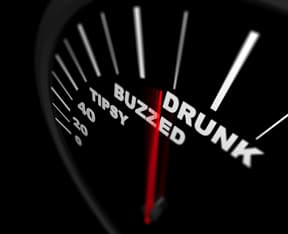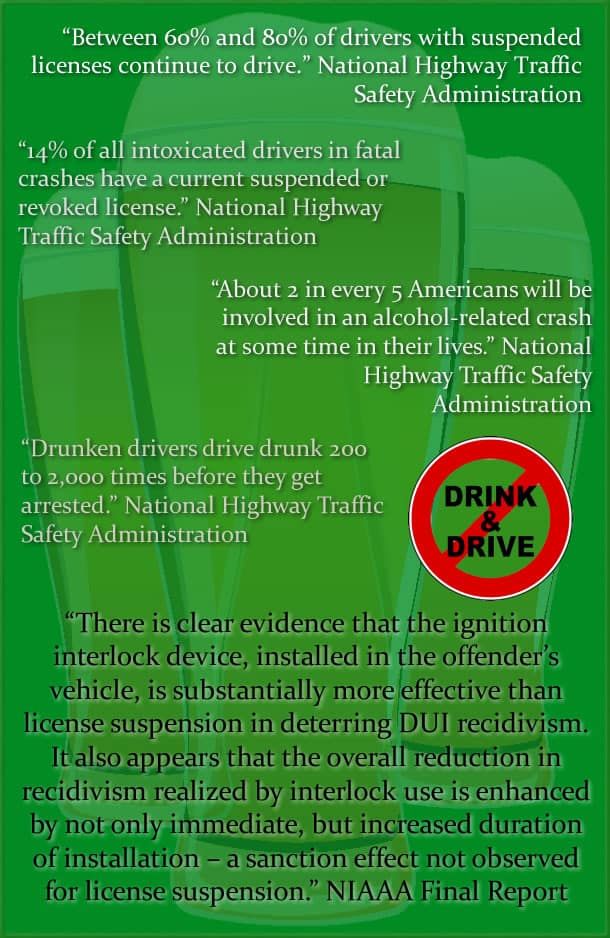Most people know that alcohol decreases a person’s ability to drive safely. The more you drink, the higher your Blood Alcohol Concentration. The amount of alcohol required to become impaired varies according to how quickly you drink, your weight, your gender, how much food you have in your stomach and your use of other medications.
- Blood Alcohol Concentration (BAC) is the amount of alcohol in the blood at any given time, which determines the effect the alcohol is having on the body.
- The body metabolizes (or burns) alcohol at a consistent and steady rate.
- The only thing that can lower a person’s BAC is time. There is NO way to decrease or dilute the amount of alcohol in the body by drinking and/or eating other things.
- The faster a person drinks, the higher the BAC.
So what does a person with a .02 or higher BAC look like?
BAC .02
When a person has a .02 BAC he will experience some loss of judgment, relaxation, slightly warm body and an altered mood.
A driver with a .02 BAC will have a decline in visual functions and in the ability to perform two tasks at the same time.
BAC .05
When a person has a .05 BAC he will experience exaggerated behaviors, may have trouble focusing his eyes, impaired judgment, lowered alertness and a release of inhibition.
A driver with a .05 BAC will have reduced coordination, a reduced ability to track moving objects, difficulty steering and reduced response to emergency driving situations.
So what happens at .08, the legal limit?
When a person has a .08 BAC his balance, speech, vision, reaction time and hearing are all uncoordinated. He will have a harder time detecting danger. His judgment, self-control, reasoning and memory are clearly impaired.
A driver with a .08 BAC will have difficulty concentrating, maintaining speed control, impaired perception and short-term memory loss.
BAC .10
When a person has a .10 BAC, which is above the legal limit, he will show a clear deterioration of reaction time and control. He will display marked slurred speech, poor coordination and slowed thinking.
A driver with a .10 BAC will, in addition to the .08 BAC drivers, have a reduced ability to maintain lane position and brake appropriately.
Higher than .10 BAC?
- At .12 – .15 BAC vomiting may occur.
- .15 BAC is the equivalent of a half pint of whisky circulating in the blood stream.
- At .25 BAC a person may lose consciousness.
- Death may occur at .37 BAC.
- BACs of .45 and higher are fatal for most people.
It’s important to note that even if you feel fine after a couple of drinks, remember that the alcohol IS affecting your judgment, reaction time and driving ability.
To completely reduce your risk of DUI and injury, plan ahead with a designated driver.


 Drinking and Driving Reality Check
Drinking and Driving Reality Check
Leave a Reply
You must be logged in to post a comment.